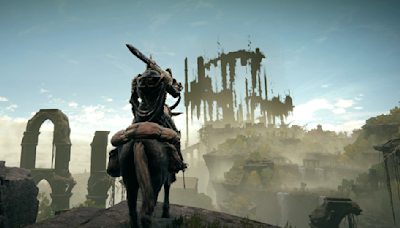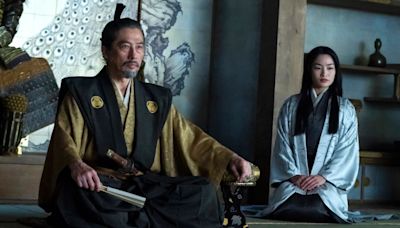Search results
A samurai in his armour in the 1860s. Hand-colored photograph by Felice Beato. Samurai (侍、さむらい) were the hereditary military nobility and officer caste of feudal and early-modern Japan from the late 12th century until their abolition in the late 1870s during the Meiji era.They were the well-paid retainers of the daimyo, the great feudal landholders.
The term samurai was originally used to denote the aristocratic warriors ( bushi ), but it came to apply to all the members of the warrior class that rose to power in the 12th century and dominated the Japanese government until the Meiji Restoration in 1868. Samurai in Armour, hand-coloured albumen silver print by Kusakabe Kimbei, c. 1870s ...
Jul 5, 2019 · The Samurai (also bushi) were a class of warriors that arose in the 10th century in Japan and which performed military service until the 19th century. Elite and highly-trained soldiers adept at using both the bow and sword, the samurai were an essential component of Japanese armies in the medieval period. Samurai and samurai culture may have ...
Samurai. Samurai Armour. The samurai (or bushi) were the warriors of premodern Japan. They later made up the ruling military class which eventually became the highest ranking social caste of the Edo Period (1603-1867). Samurai employed a range of weapons such as bows and arrows, spears and guns, but their main weapon and symbol was the sword.
Oct 28, 2009 · Samurai and Bushido. During the Heian Period (794-1185), the samurai were the armed supporters of wealthy landowners–many of whom left the imperial court to seek their own fortunes after being ...
Samurai (侍, bushi, mononofu,) existed from the 10th century to the 19th century in Japan and was a member of a family community whose top was the master of Soke (the head family) and whose profession was a warrior. Samurai who emerged during the late ancient times finished the ancient times by force, played a leading role in medieval society ...
Samurai (or bushi) were members of professional warrior clans who started to play a central role in the history of medieval Japan. As they rose in both social and economic stature, they increasingly became the driving force behind the production of many kinds of artwork and decorative art objects. Swords and armor, symbolizing military power ...
The origins of the samurai can be traced to the eighth and ninth centuries, when large landholdings moved into the hands of the imperial family and related members of the aristocracy (nobles). In the Heian period (794–1185), the Kyoto-based imperial court and nobles depended on the agricultural income from these landholdings, especially large private estates in northern Japan.
May 23, 2018 · samurai. sam·u·rai / ˈsaməˌrī / • n. (pl. same) hist. a member of a powerful military caste in feudal Japan, esp. a member of the class of military retainers of the daimyos. SAMURAI Samurai (SAM-er-eye) were Japanese warriors who were revered for their skills as warriors, but also for their distinct influence on Japanese fashion.
Oct 5, 2022 · Samurai were elite and highly skilled warriors that arose in the tenth century in Japan. They performed military service using a bow or swords of varying lengths and were essential components of Medieval Japanese armies. The samurai were both highly mythologised and romanticised as the epitome of chivalry and honour, famous for their code of ...





